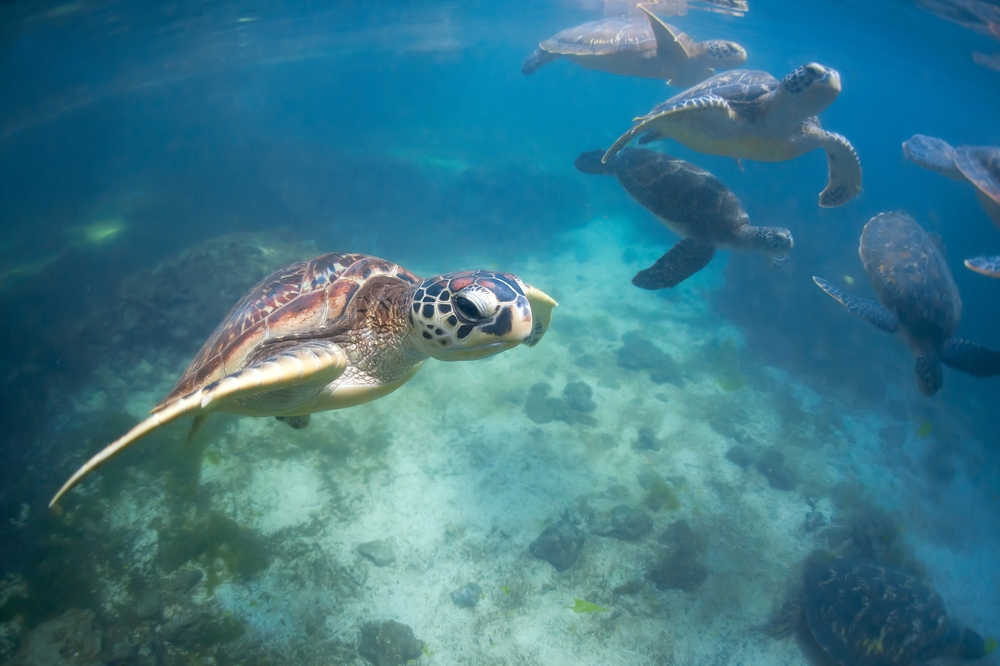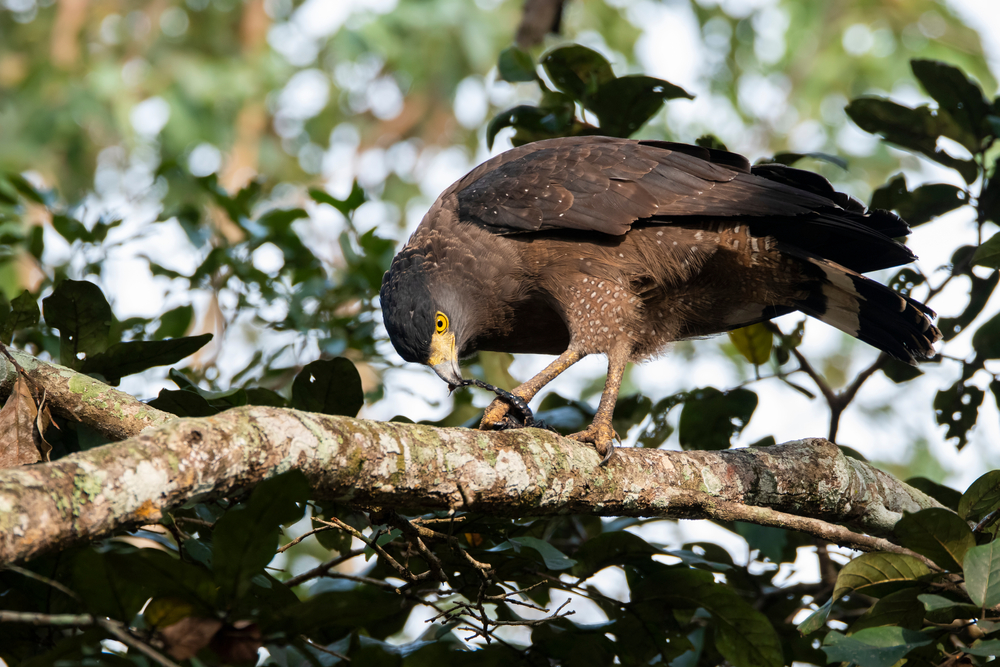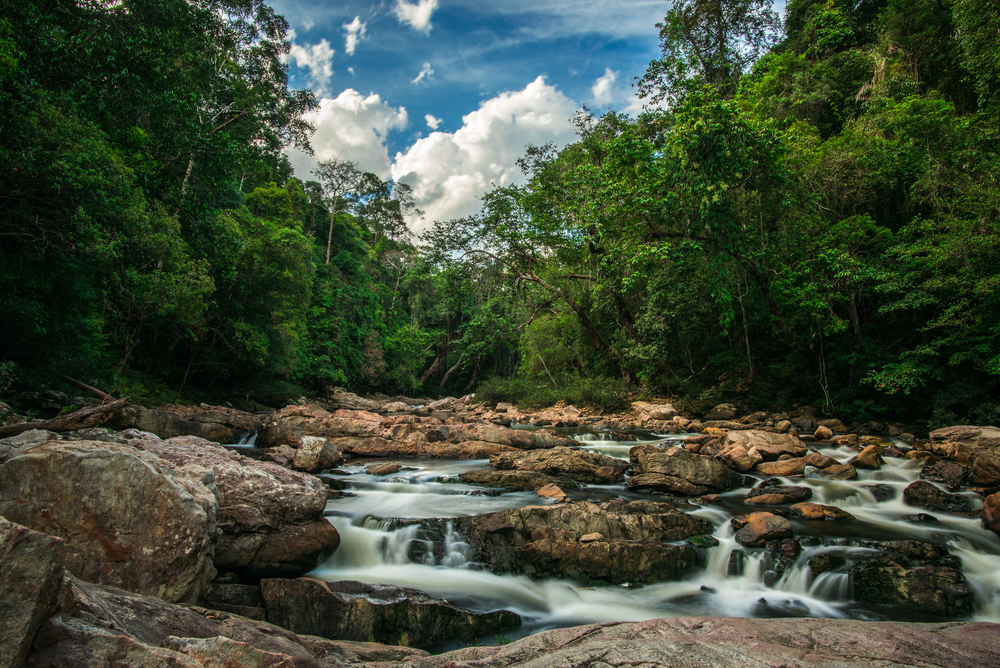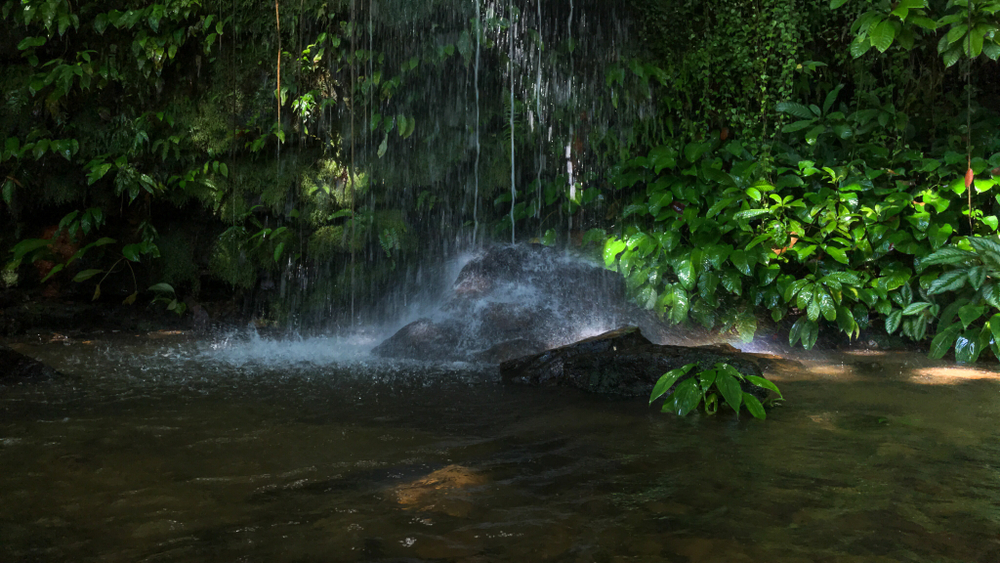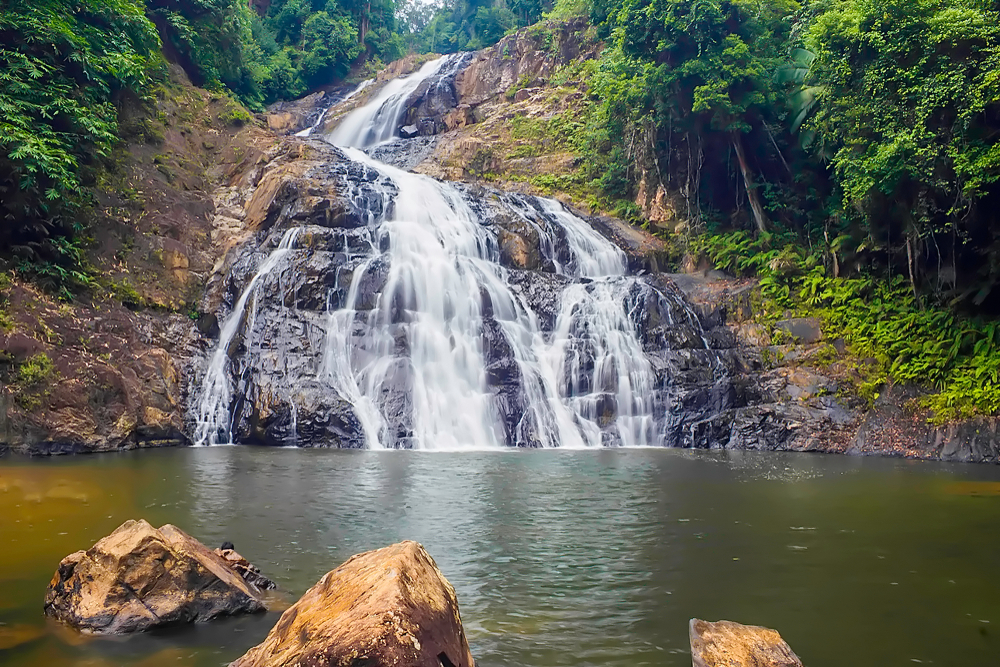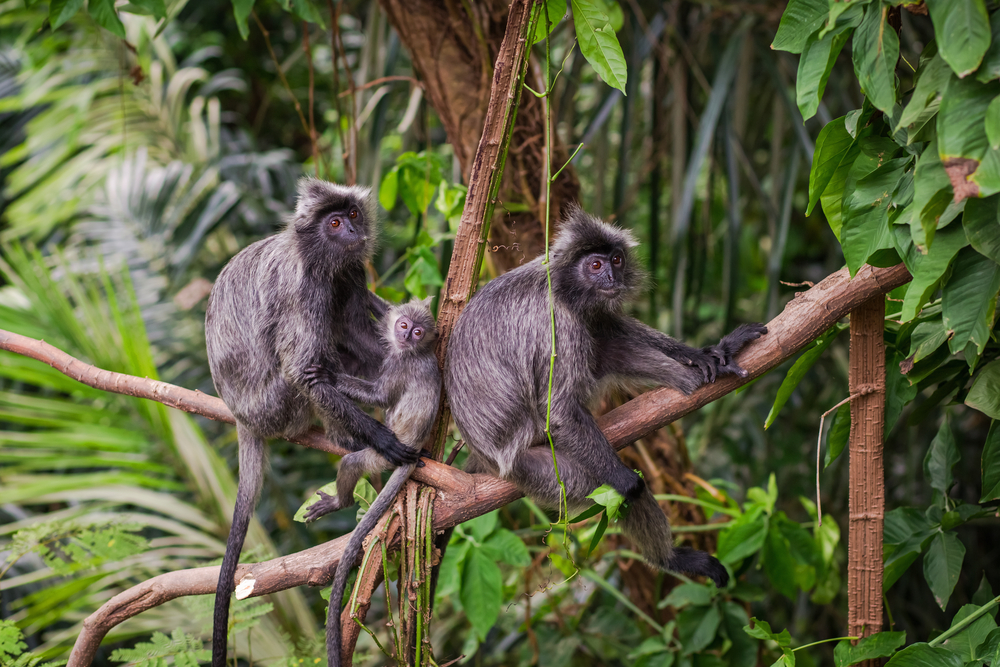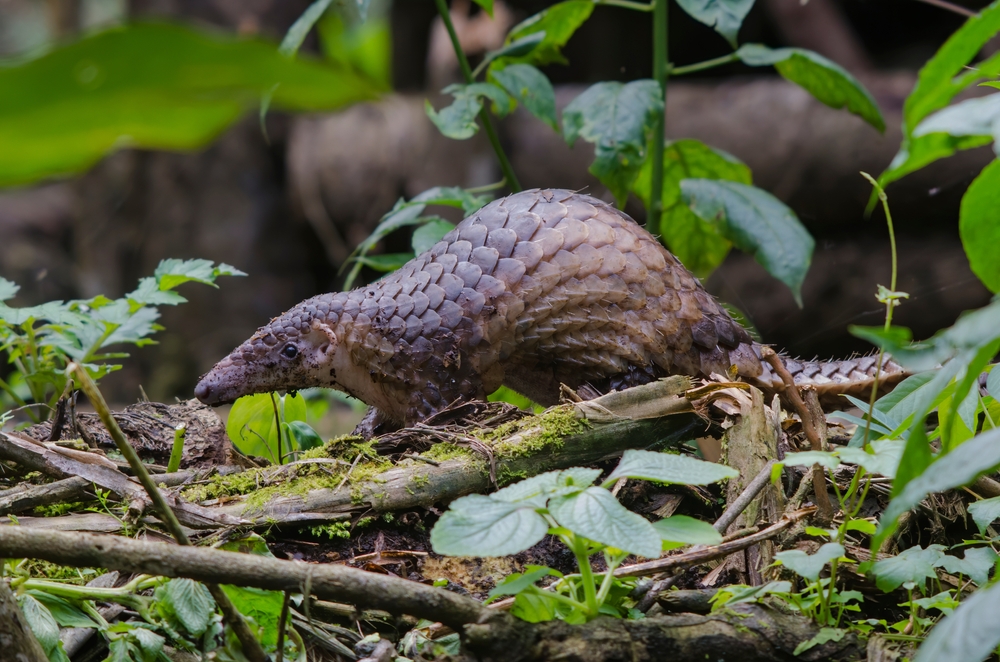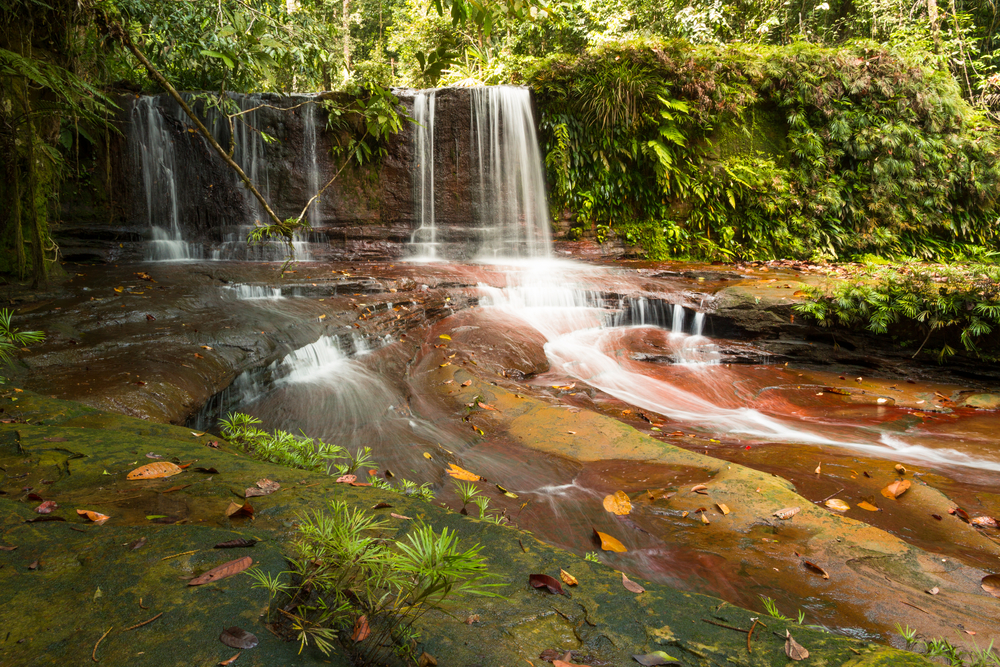Talang Satang Overview
Talang Satang National Park, known locally as Taman Negara Talang Satang, is a stunning protected area located in Sarawak, Malaysia, off the coast of Borneo. Covering approximately 19.5 square miles (50.5 square kilometers), the park consists of four main islands—Pulau Satang Besar, Pulau Satang Kecil, Pulau Talang-Talang Besar, and Pulau Talang-Talang Kecil—as well as the surrounding waters.
Established in 1999, this marine park is a sanctuary for diverse ecosystems that include vibrant coral reefs, sandy beaches, and lush coastal vegetation. The terrain of Talang Satang National Park is defined by its island landscapes, which feature rocky coastlines, serene bays, and pristine white-sand beaches fringed by tropical flora.
The islands are home to dense mangroves, pandanus plants, and other coastal vegetation, which provide vital habitats for wildlife. The turquoise waters surrounding the park boast spectacular coral reefs teeming with life, making them some of the most biologically diverse areas in the South China Sea.
The park is renowned for its role in sea turtle conservation. It serves as a critical nesting site for green turtles (Chelonia mydas) and hawksbill turtles (Eretmochelys imbricata). Visitors may catch a glimpse of these majestic reptiles during the nesting season, particularly at night when turtles lay their eggs on the beaches.
Besides turtles, the marine environment supports a vibrant array of marine species, including clownfish, parrotfish, and various reef sharks. Above the water, the islands are home to a variety of bird species, such as white-bellied sea eagles and brahminy kites, which are frequently seen soaring above the coastline.
Talang Satang National Park attracts visitors with its serene beauty and unique opportunities for marine exploration. Snorkeling and scuba diving are popular activities, offering visitors an up-close view of the colorful coral reefs and their inhabitants. The park also provides guided turtle-watching programs, which allow visitors to learn about conservation efforts while witnessing the turtles’ nesting process. For those seeking a more tranquil experience, the islands’ beaches are perfect for relaxation and birdwatching.
Conservation is at the heart of Talang Satang’s mission. The park plays a pivotal role in the Sarawak Turtle Conservation Program, which has seen significant successes in protecting turtle populations through egg collection, incubation, and hatchling release programs. However, challenges remain, including the threat of illegal fishing, plastic pollution, and climate change, which impact both the marine and coastal ecosystems. Despite these issues, the park continues to thrive due to the commitment of local authorities and conservationists, ensuring its rich biodiversity is preserved for future generations.








































































